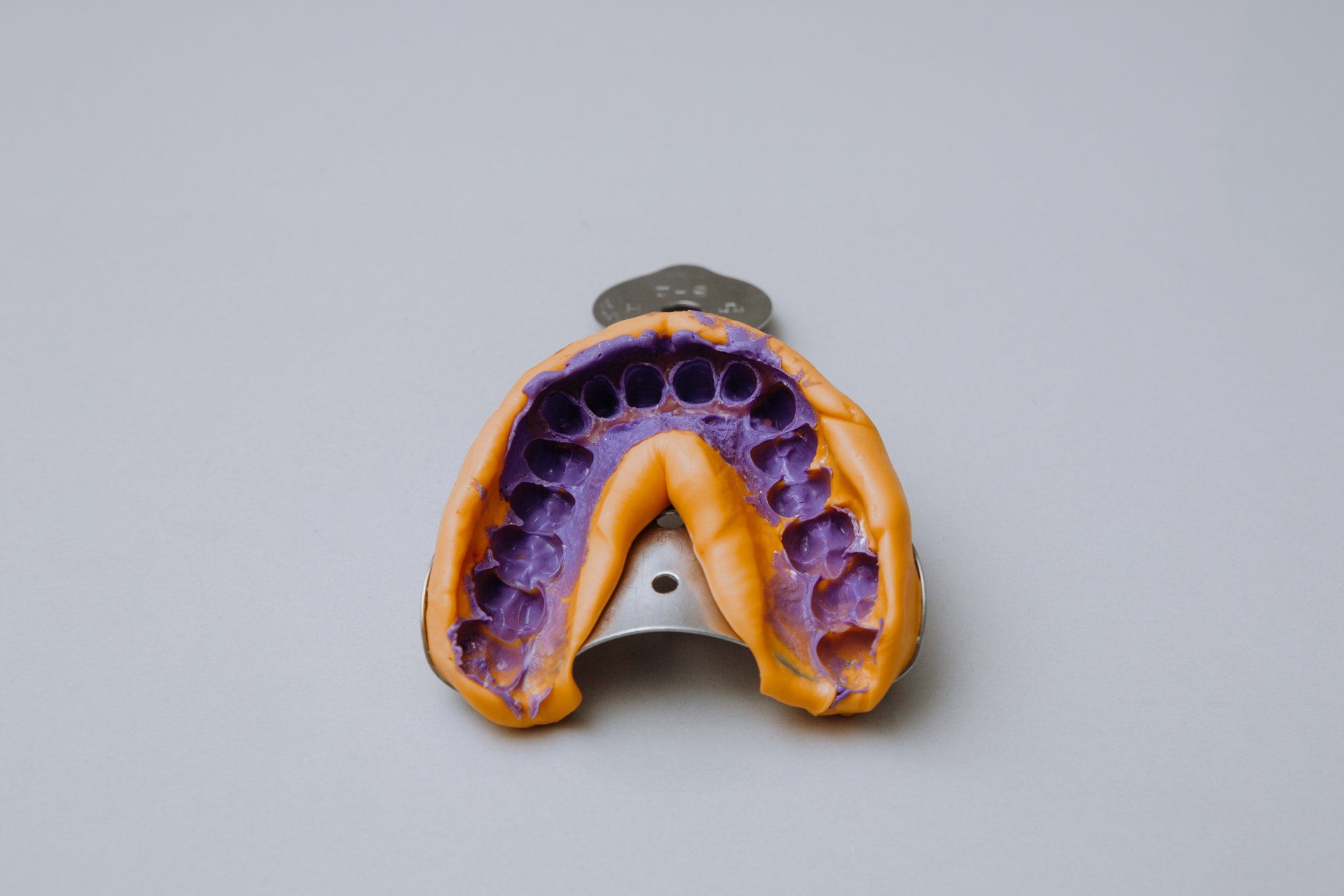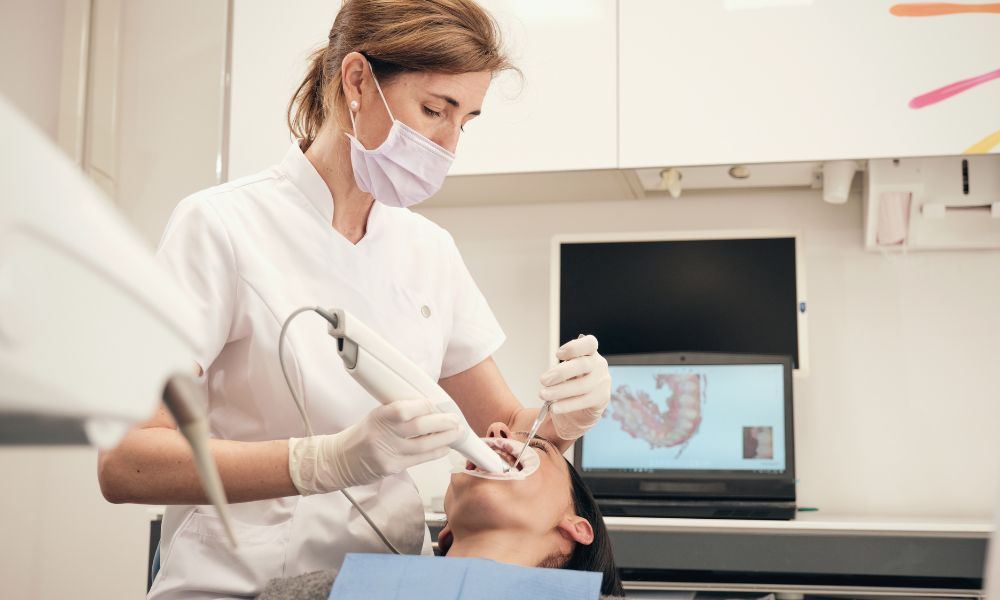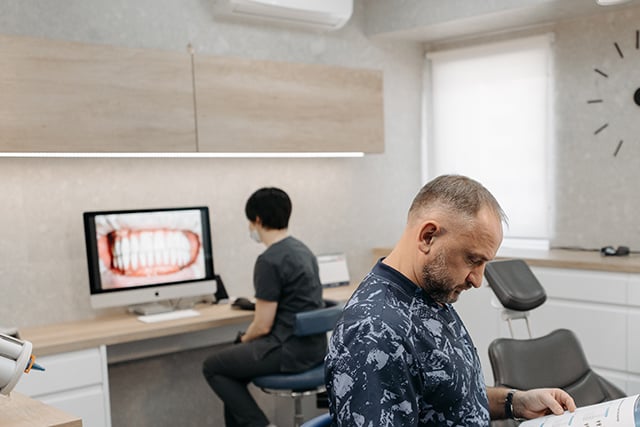March 29, 2023


Written by:
Greg Schubert
As dental professionals, staying at the forefront of technology is essential in delivering the best care to patients. One aspect that has witnessed a significant transformation is dental impressions. Today, let's delve into the world of digital impressions, how they compare with traditional methods, and the processes involved.
Dental impressions provide the groundwork for all restorative treatments. Every dental restoration case is based on the quality of the impression. When you have a poor impression, it can lead to costly remakes, delays, and improper fit. While traditional impressions are still widely used today, the development of new intraoral digital scanners to produce digital impressions has thrived over the past decade. So how does this new technology stack up? Let’s find out.
Traditional dental impressions have been a staple in dentistry for decades. This method involves using a tray filled with a putty-like substance to create a mold of the patient’s teeth and gums. The patient must bite into this substance and wait for it to set, which can sometimes be uncomfortable.
Though widely practiced, this method is not without its challenges, such as potential discomfort for the patient, susceptibility to human error, and a longer processing time.
In contrast to the traditional method, digital impressions employ 3D scanning technology to create a digital model of the teeth, gums, and bite. This method has gained traction due to its accuracy, efficiency, and patient comfort.
Digital impressions boast several advantages over their traditional counterparts:
However, it's important to mention that one study found digital impressions to have inferior precision compared to traditional impressions. This suggests that while digital impressions excel in several areas, there may be specific cases where the traditional method could be more appropriate.
Sometimes you may encounter issues with your digital scanner. Here’s a condensed guide for common issues on how to troubleshoot digital impressions:
Smudged Lenses: If you spot smudges on the lenses, these could hamper image quality.
Excess Saliva: Too much moisture can hinder image capture.
Scan Technique Issues: The scanner's wand must touch the teeth for optimal scanning.
Wand Turning On & Off: If the wand turns off and on during scanning, it might create purple images that don’t stitch together.
In conclusion, digital impressions represent a groundbreaking shift in dental technology, offering an accurate and efficient alternative to traditional methods. However, as a dental professional, it is crucial to evaluate each case individually and choose the method that ensures the best results for the patient. Balancing the advantages of digital impressions with the established reliability of traditional methods is key to delivering exceptional dental care.
Ready to elevate your dental practice with cutting-edge technology? Get started with PRO-Craft today and experience the artistry of dental craftsmanship.

What is a Dental Impression? A dental impression is a close replica of a patient’s tooth structure and surrounding oral tissue. They are the cornerstone of restorative procedures and appliances. How...
Read More
Technology continues to make our lives easier. In dentistry, improvement in technology makes life easier for both dentists and their patients. One of the best ways that technology has influenced...
Read More
Instructions for submitting digital impressions by system: Oct 03, 2017 Instructions for submitting digital impressions by system: 3M ESPE For Tru Definition systems, contact 3M ESPE directly by...
Read More